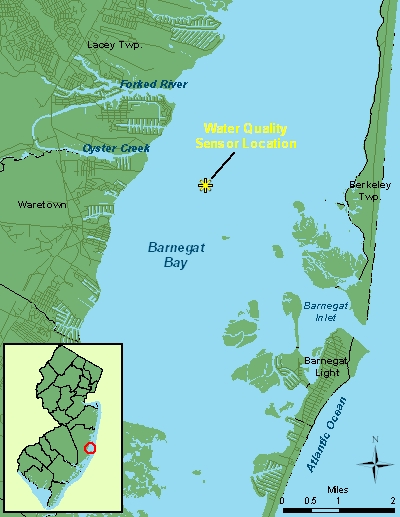Tritium is a radioactive isotope of hydrogen that has two neutrons in the nucleus in addition to the single proton. Radioactive beta particles are emitted by tritium. (Beta particles are high energy electrons or positrons.) Since water is contained in living cells, heavy water with tritium instead of normal hydrogen is easily absorbed by living tissue when it is consumed. It can also enter a living body by being inhaled as water vapor. If the tritium is incorporated into organic compounds instead of being excreted or exhaled, it is referred to as organically bound tritium (OBT) and it can remain in a human body for up ten years, emitting beta particles.
If a beta particle from tritium hits the DNA in the nucleus of a living cell, it can cause mutations. If the DNA mutated is part of an important gene, the mutation can cause serious diseases. Laboratory animals exposed to tritium have developed cancer and birth defects. Research has shown that tritium can deliver what is called relative biological effectiveness in terms of radiation damage to living tissue at a rate of up to five times that of cosmic rays or x-rays.
The Associated Press has been conducting a year-long study of the release of tritium from nuclear power plants in the United States. Their research has shown that tritium has been leaking from at least forty eight of the sixty five nuclear power plants which represent three-quarters of the operating plants in the U.S. "The number and severity of the leaks has been escalating, even as federal regulators have been extending the licenses of more and more reactors across the nation."
Thirty seven of the U.S. nuclear power plants are leaking amounts of tritium greater than the federal standard for drinking water. Some leaks are hundreds of times above the federal standard. Most of the leaking tritium has been within the boundaries of the power plants but some of the leaking tritium has migrated offsite. None of the leaks have been found to be contaminating public water supplies yet, although tritium leaks at three sites have contaminated wells that provide water for nearby homes. The tritium from these leaks has not yet exceeded the federal standards for drinking water. A fourth leak has penetrated an aquifer and a canal that discharges into to Barnegat Bay in the Atlantic Ocean. One major concern about tritium leaks is that they are often accompanied by other dangerous radionuclides.
Previous reports from the Associated Press have revealed that nuclear regulators and the nuclear industry have been weakening safety standards for decades in order to keep U.S nuclear power reactors operating "within" the rules. While the regulators and industry claim that it is safe to reduce safety margins at nuclear power plants, critics of the trend say that this practice is allowing nuclear power plants to move closer and closer to accidents.
Prompted by the AP study, two U.S. Congressmen recently released a study by independent federal analysts which detailed problems with the regulation of underground piping which are thought to be contributing to the tritium leaks. The report points out that while there is a voluntary industry monitoring system currently in use for tritium leaks, the Nuclear Regulatory Agency has not evaluated the efficacy of such monitoring. The report concludes that, "Absent such an assessment, we continue to believe that the NRC has no assurance that the industry Groundwater Protection Initiative will lead to prompt detection of underground piping system leaks as nuclear power plants age."
Barnegat Bay on the New Jersey shore:
